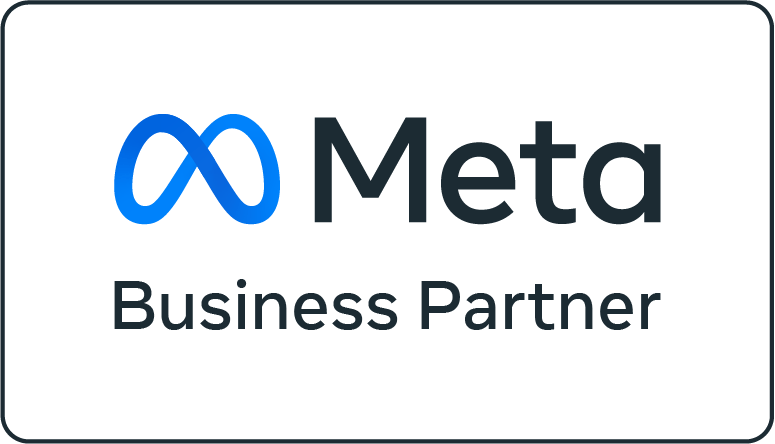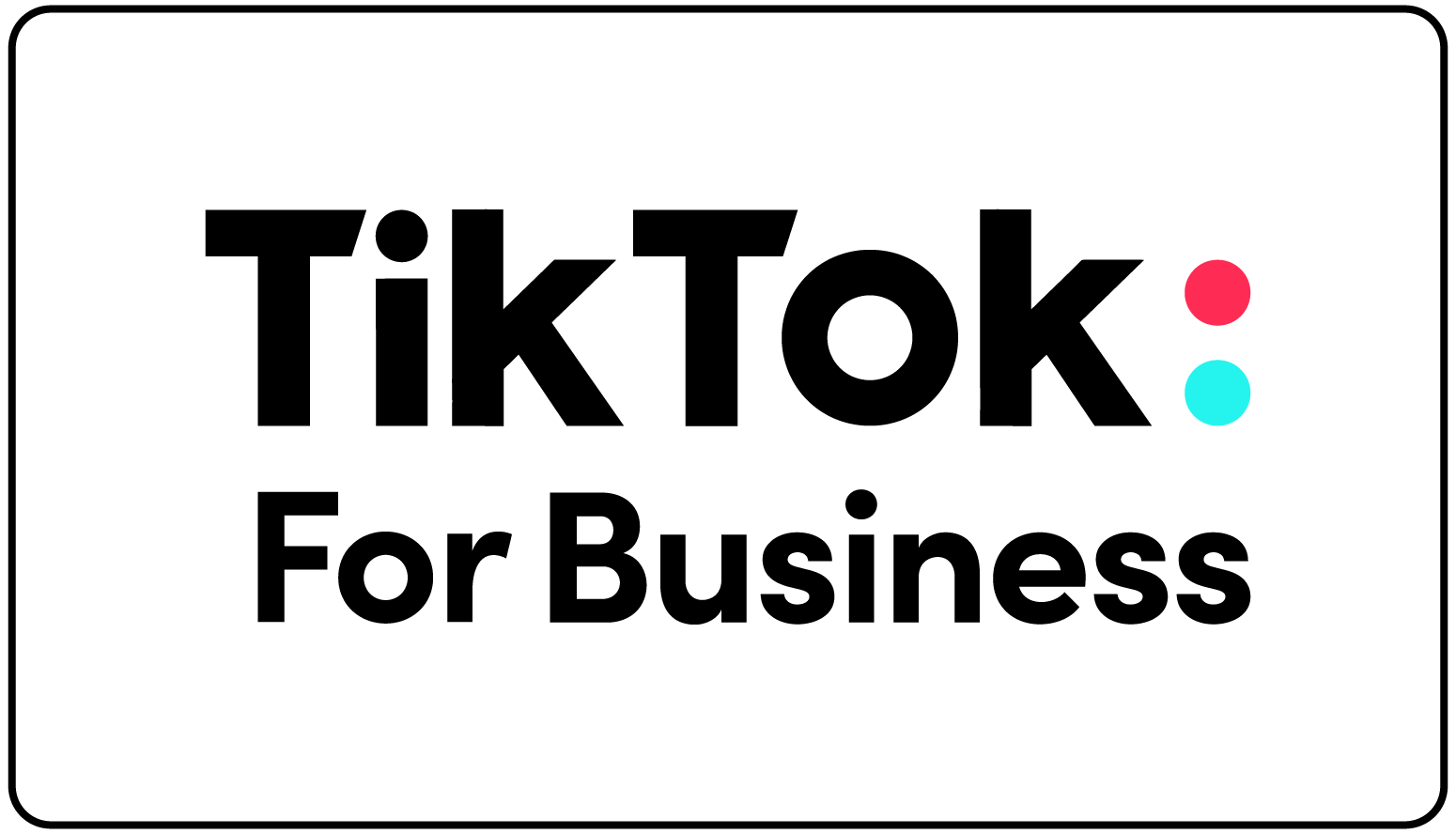Scaling Facebook ad budgets can be extremely difficult. Simply turning up the budget on a campaign that is working can lead to disastrous results. Lots of people try using bigger lookalikes in order to scale, but we advise launching multiple campaigns with as many non-overlapping 1% lookalikes as possible for success when scaling budgets. A natural challenge follows from this: finding multiple different lookalikes to use at the top of your funnel. That’s what we’ll cover in this blog post.
Rather than thinking about different lookalikes initially, we start by building highly segmented retargeting audiences. Typically, if it makes sense to retarget a group of people, you can build a strong lookalike from the base audience. Here are 10 audiences that we use to drive real ROI for our clients:
10 Facebook Lookalike and Retargeting Audiences to Scale Campaigns
- By Traffic Channel – We often separate retargeting audiences by the channel they used to reach the site. Since Adwords traffic can behave and convert differently than social or email traffic, we separate them when building the initial audience by inserting the utm into the url targeting. Separating traffic like this before creating lookalikes can broaden your top of funnel targeting, but still use 1% lookalikes (those most similar to your converting traffic). For example:
– Retarget all AdWords visitors
– Target a 1% lookalike of all AdWords visitors at the top of the funnel - Percentage of Time on Site – Facebook doesn’t let you set an actual time on site to segment an audience (yet), but it will let you select a percentage. Typically, we start with the top 25% of web visitors and narrow or widen from there. Another tactic is to delay your pixel firing on your landing pages. This will allow you to eliminate all the bounced traffic, resulting in audiences comprised solely of people who were exploring your products or services. It’s extremely easy to implement. You just need to add one line of code and add how many milliseconds to wait before firing.
- Pixel events – We encourage anyone running Facebook campaigns to add as many standard events as possible. Sometimes we even fire two different standard events on the same website action. Why? Even though they fire at the same place, the Lookalike Audiences they create are very different (below is an example of ours, but we encourage people to try this). It also gives you different pixel events to test for optimizing your adsets. We have found that testing and optimizing for events that are different in name only can have drastically different results. The more unique events that you fire at throughout the funnel, the more unique retargeting moments you end up with. This gives you the ability to create unique retargeting ads for different abandonment moments up and down the funnel.

- Two Lookalikes from different standard events firing on the same action.
- A frequency of Events/Custom Combinations – Some advertisers have retargeting lists that are too big. For example, retargeting everyone who has added an item to a cart could be too costly. However, retargeting only people who had added two or more items to the cart could push the average order value to a profitable level. Another couple of examples are retargeting people based on the number of site visits and retargeting people that have already purchased multiple times.
- Engaged with the Facebook Page or Instagram Bio – The ability to retarget visitors to your Facebook profile is not a new feature – it has been around for some time. At the time of its release, it unlocked new ways to retarget against organic social interactions with your profile. However, the size of the audience on Facebook was relatively low since most people interact with brands through posts, and more of those posts are paid ads. However, the Instagram Bio retargeting ability can be far more powerful due to two reasons. (1) More organic reach and (2) people have been conditioned by brands for years to “Hit the link in bio”.
- Engaged with a post or ad– This option unlocks the ability to retarget all of the people that like, comment, or click on any post. This method of retargeting is about as close to the top of the funnel as possible, but can be very effective for brands with engaging content that inspires lots of post reactions. You can also run a post engagement ad to build an engagement retargeting list quickly and cost-effectively. Hopefully this option will soon be broken out further to target specific post reactions, for example, everyone who liked a specific organic post.
- Video Viewers – Brands with great Facebook video ads should utilize the ability to retarget people who watch a percentage of a specific or group of videos. The trick with these audiences is to align the proper length of video with a percentage of time watched. For example, retargeting people who have watched 95% of my Valentine puppy gif, or retargeting people who watch 75% of my 3:00 long explainer video. To make these audiences more effective, remember to design your video specifically for the news feed. Captions, large animated headlines, and a great still image to start your video are extremely important to reach and engage all the people watching on mobile/mute.
- Engaged with an ad format (opened canvas, lead, collection) – This is a slight deviation from the above “Engaged with a post or ad”. As more advertisers use canvas, leads, and collection ads, the percentage of engaged people that make it to your site will go down. This doesn’t mean that these people aren’t valuable. In fact, they may be very qualified, but are unacquainted to interacting with the ad format through its entirety. A person could be worried about submitting their information through a lead ad, but can be retargeted through a more traditional ad unit to convert on your site.
- Converters by Online and Offline Channels – You still send emails to existing customers, right? You may even send them a Christmas Card or direct mail. So why would you neglect them in your retargeting? Often a small ad spend can remind existing buyers why they made their first purchase, and lead to a second purchase, or even a valuable share. Of course, they also make the best Lookalikes. Furthermore, they can be segmented by the channel to form even more lookalikes.
- Converters by Time Period – If you are lucky enough to have so many conversions that your custom audiences are well into the thousands, consider testing different time length segments. Break out last year’s converting AdWords traffic from this year to date or even shorter periods if appropriate (though remember to keep your base audiences over 1,000 people). This creates more of your best lookalikes, and can create retargeting purchase cycle lists.
Those are 10 of our favorites, but another five could easily have been added. The big takeaway is to remember to utilize ALL of Facebook custom audience functions.




